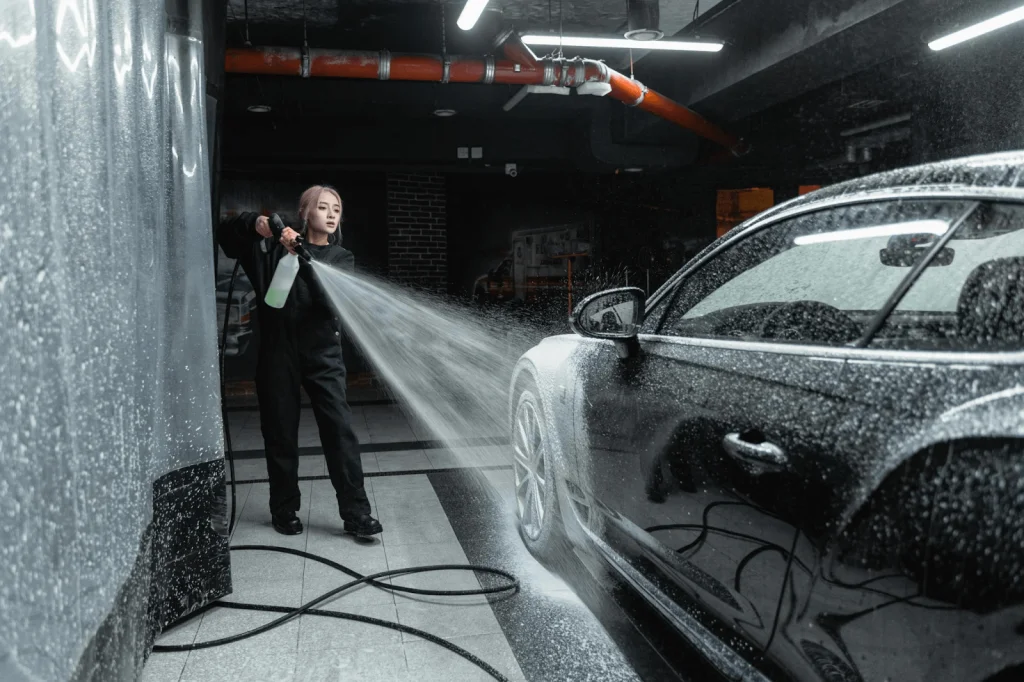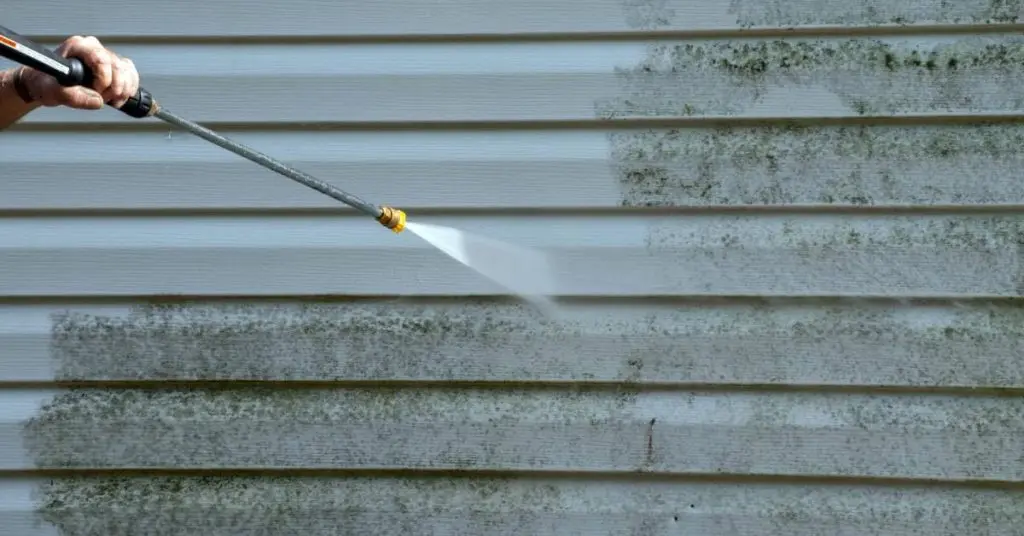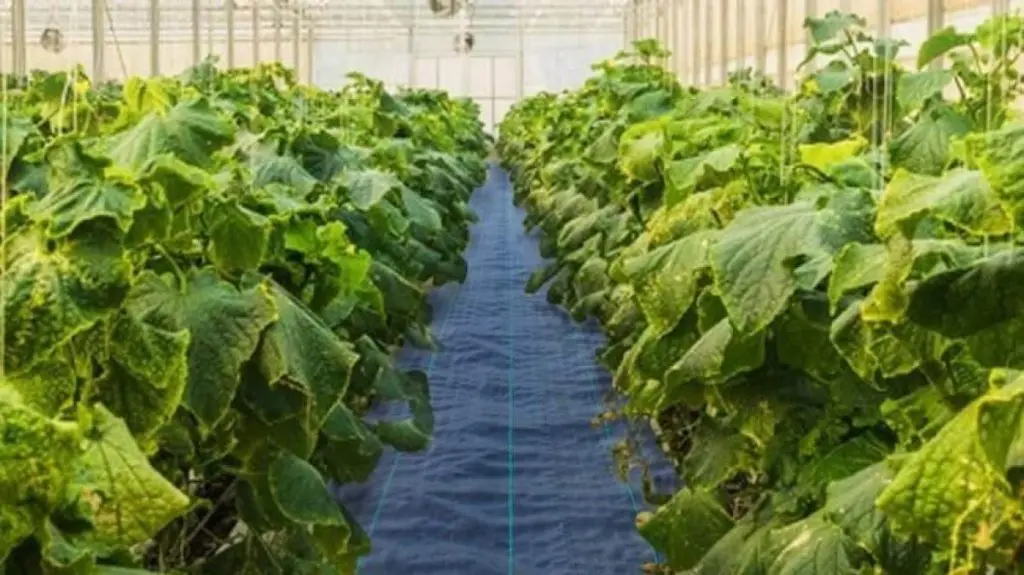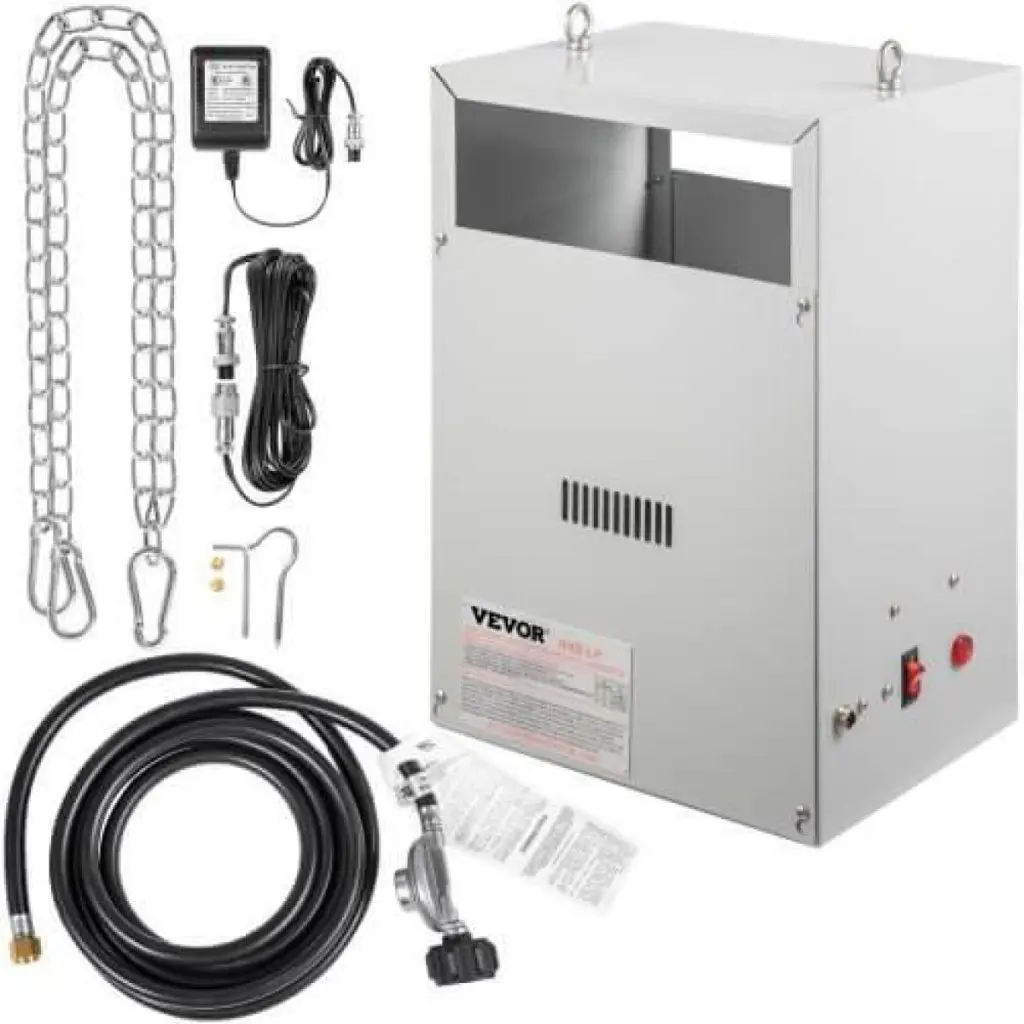If you are looking for a powerful and efficient cleaning tool that you can use to wash your driveways, home exteriors, cars, and everything in between, then the pressure washer is the tool that you need. That said, not all of us might know how to use a pressure washer.
That’s exactly what we’re here to teach you today, everything you need to know about using a pressure washing.
This comprehensive guide on how to use a pressure washer will cover all of the most important aspects, so you know exactly what you’re getting into when using a pressure washer, such as one of the many awesome models from VEVOR.
Table of contents
The Main Components of a Pressure Washer
A pressure washer features a variety of components that you need to be familiar with, so let’s quickly go over these.
Motor
Every pressure washer has a motor or engine. Your pressure washer needs a motor or engine, or else it can’t provide any power. It’s what powers the pump to produce high pressure. There are gas-powered pressure washers that function with internal combustion engines, as well as basic electric models as well.
Pump
Without the water pump, your pressure washer can’t function properly. The motor drives the water pump. The water pump is designed to pressurize the water before it comes out of the machine. There are two types of pumps to consider. There is the axial cam pump which is fine for residential use, and the triplex plunger pump, which is better for commercial use.
Hose
Every good pressure washer needs to have a hose as well. This is a high-pressure hose that is able to withstand a lot of water pressure from the inside. A high-quality hose is needed to handle the extreme pressure that these machines can create. These hoses can be of different sizes, which affects their flow rate and operational reach.
Spray Gun
The spray gun attaches to the high-pressure hose. This is the part of the pressure washer that you hold in your hand and use to spray water on whatever you are cleaning. The spray gun may also have a wand attached to it, which can have a variety of nozzles. These usually come with triggers to stop and start the flow of water.
Nozzles
Pressure washers can come with different nozzles, and exactly what shape and degree they feature determines the intensity and angle. Different nozzles are needed for different purposes.
Detergent System
Although not always the case, many pressure washers come with detergent systems so you can insert detergent and soaps for added cleaning power.
Safety Tips for Using a Pressure Washer

There are some important safety tips that you need to follow when using any kind of pressure washer.
Read the Manual
Always read the manual before using the pressure washer in question. Every pressure washer should come with the user’s manual. This user’s manual comes with information about the model, safety, operational procedures, and maintenance. This is the first thing you should do when you get your pressure washer.
Use the Proper Attachments
To stay safe when using a pressure washer, always use the right nozzle. Using the wrong nozzle might damage surfaces or even cause injury to you.
Mind Your Surroundings
Always pay attention to your surroundings when using a pressure washer. You don’t want any kind of sensitive objects, pets, or people being in your way. Pressure washers can be quite dangerous and powerful, and they may cause injury.
Stay Away from Electricity
One of the most important tips we can give you is to stay away from any electrical outlets or electricity sources. The simple fact is that water and electricity just don’t mix.
Don’t Point It at People
Needless to say, these are relatively dangerous tools, and you should therefore never point a pressure washer at a person.
Use PPE
If you plan on remaining in one piece when using a pressure washer, wearing personal protective equipment is recommended. We recommend wearing solid footwear, thick gloves, ear protection, and safety goggles.
How To Use a Pressure Washer

Now that we have all of the basic side of the way, let’s figure out how to use a pressure washer.
Setting Up the Pressure Washer
You first need to set up your pressure washer. If you haven’t already removed it from the package, now is the time to do so. Before doing anything else, inspect the pressure washer to make sure there aren’t any missing parts or damage. If you’re sure that everything’s in order, hook it up to your garden hose and make sure that it’s securely connected. You can then attach the high-pressure hose to the water pump and the spray gun.
Make sure to tighten everything properly, or else it might leak. Now is the time to choose the nozzle you want to use for the task at hand and attach it to the wand. If the cleaning job you’re doing needs a bit of extra power, now is the time to add the soak into the detergent system.
Preparing the Area for Pressure Washing
Now you can prepare the area for washing. First clear the area of any obstacles, debris, or objects. Only leave those objects that you want to clean.
If there are any delicate surfaces, like plants or windows, cover them with plastic sheeting or tarps.
You don’t want the high-pressure spray damaging them. Before you get started, also make sure that all of your doors and windows are closed. You don’t want water getting inside of your home.
Adjusting and Using the Pressure Washer
Before you start using the pressure washer you want to adjust it. First, turn on the water supply. In other words, turn on your garden hose. The trigger of the spray gun acts like a primer. Squeeze the trigger to release any air from the inside of the system.
This will help water flow right through the pump. You can now plug in your electric pressure washer and turn it on, or if you have a gas-powered one, start the engine. There should be a regulator or pressure adjustment knob on your unit. Use this to adjust the pressure as needed. Test to see if the spray is ideal for your purposes by spraying it on a safe surface.
Once you achieve the desired effect, you can start cleaning. Be sure to use a sweeping and consistent motion to remove as much dirt as possible. Make sure that each pass overlaps with the last. if working on a vertical surface, always start at the top.
Finishing the Job
If you apply detergent, you need to rinse it off. Remove the detergent from the pressure washer and fill it with plain water. Rinse the whole area. Once you’re done, turn the pressure washer off.
Squeeze the trigger just to let out any remaining pressure. You then want to disconnect all of the hoses and components from each other.
Once everything’s done, put the pressure washer in a dry area. Make sure to keep it well organized to avoid any damage.
Common Pressure Washer Issues and Troubleshooting
There are a few common problems that pressure washers may experience, so let’s troubleshoot them.
No or Low Pressure
One of the most common problems with pressure washers is that they don’t get enough pressure. To solve this issue, first check your water supply. Make sure that the hose isn’t kinked, that it isn’t damaged, and that you’ve turned on the water source. You can then inspect the nozzle to see if they are clogged or broken. If there are any broken components, they need to be replaced. If there are any leaks, you’ll also need to make repairs.
The Pressure Wavers
It might be the case that your pressure washer produces inconsistent pressure, where it turns on and off. If this is the case, make sure that all connections are tight. This will prevent air from getting into the system. Also, you can try squeezing the trigger. This should release air from inside the pump. Pulsating pressure may also be caused by a clogged inlet filter. If this is the case, replace the filter, or if possible, simply clean it.
Water Isn’t Flowing
If there isn’t any water flowing at all, make sure that your water supply is connected. It might also be the case that the hose is blocked, kinked, or has a leak. It could also be the case that you have a clogged inlet filter. If the inlet filter is clogged, clean it, or if needed, replace it.
FAQs About How to Use a Pressure Washer
Here are some frequently asked questions about using pressure washers.
Can I Put Hot Water in My Pressure Washer?
Most pressure washers are made for cold water only. If you use hot water, you might damage some of the interior components. If you want to use hot water, you’ll need to buy a model specifically designed just for that.
Do Pressure Washers Need to be Cleaned Regularly?
Yes, we strongly recommend cleaning your pressure washer regularly. In fact, you should clean it after each use. You should also inspect it for damage after each use. Your owner’s manual should come with a maintenance schedule, which you should follow.
Can I Put Bleach in a Pressure Washer?
Only detergents that are specified by the manufacturer should be used in a pressure washer. You should never put bleach in a pressure washer because it might damage various components, especially the pump.
What Can I Clean with a Pressure Washer?
Pressure washers can clean a variety of things. You can use a pressure washer to clean a sidewalk, patio, exterior siding, your driveway, or even your car. Just make sure to test a small area first.
The Bottom Line on How to Use an Electric Pressure Washer
You should now know everything there is to know about how to use the pressure washer. You should know what the main components are, all of the best safety tips, and how to use one from A-Z. Remember, some pressure washers are built better than others, with some brand names being at the forefront of the industry. If you want a high-quality pressure washer, checking out the various options that VEVOR has to offer is certainly recommended.





